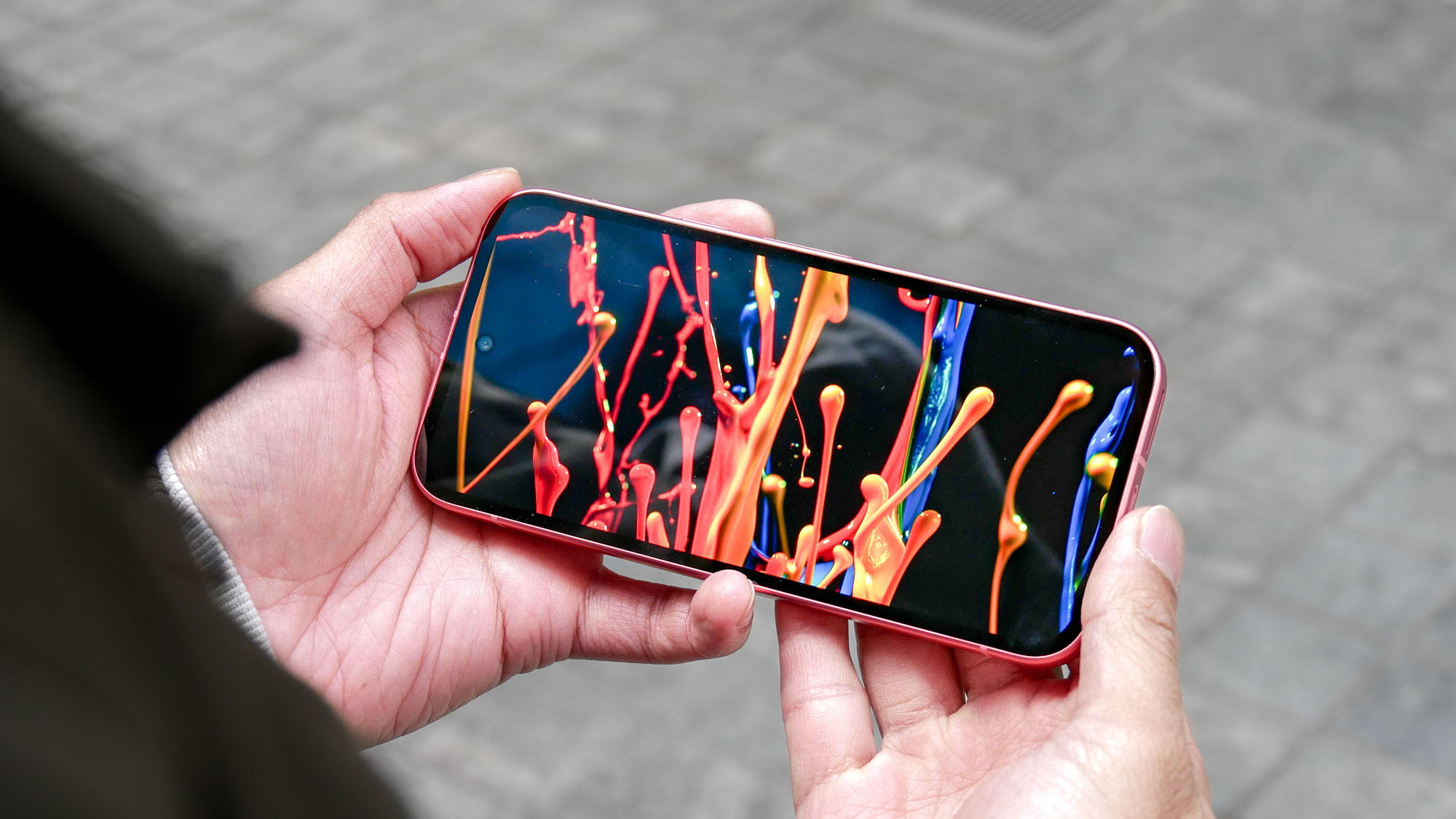I used this running app for 16 weeks — and I broke my personal record
Here’s what I liked, and didn’t like about the Runna app

Despite working for a tech website for the past two years, I’m still somewhat of a technophobe when it comes to my running. Aside from my trusty Garmin, I tend to stick to old-fashioned training journals to blog how I feel after a run, and for my last four marathons, I’ve worked with a running coach to tailor a plan to my needs.
With that in mind, I jumped into the unknown training for my fifth marathon. For years I’ve written about the best running apps on the market, but I’ve never put my faith in one for a full 16 weeks. Casting my doubts aside, I downloaded Runna (available for Android and iOS) and got, well, running.
The results? I crossed the finish line of my fifth marathon with a 14-minute personal record, in a time of 3:38:21 with no injuries, and a huge smile on my face.
Here’s what I liked, and didn’t like, about training with the app:
I was able to customize the plan
No training plan goes to plan. Over the course of 16 weeks, there are plenty of things that can pop up and force you to miss or move a session, from a hip niggle, to too many Aperol Spritz’s at a friend’s wedding. I loved how easy it was to drag and change the date of sessions on Runna when life got in the way.
I also appreciated the option to add strength training sessions to my program. I’m particularly guilty of skipping gym sessions in favor of doing a few extra runs to boost my weekly mileage, but having two strength training sessions a week in my plan kept me accountable.
I was able to tell the app I was still working out from home, and the equipment I had available, and then use my resistance bands and adjustable dumbbells for the easy-to-follow workouts.
Sign up to get the BEST of Tom's Guide direct to your inbox.
Get instant access to breaking news, the hottest reviews, great deals and helpful tips.
My sessions synced seamlessly with my Garmin
Another huge perk of the app was that I didn’t have to worry about manually creating the separate sessions in my Garmin Connect app — the app automatically synced them to my watch, along with the pacing and splits data. Runna connects with Garmin, Apple, and Coros watches.
This might sound insignificant, but fitting marathon training around my life is one of the biggest challenges of running 26.2 miles. Having my sessions already sorted on my watch took one thing off my plate.
A post shared by Jane McGuire (@janecmcguire)
A photo posted by on
I was able to switch the settings when running on the treadmill
The one downside to running a spring marathon is dealing with the weather in the winter. On days when the weather took a turn for the worst, I opted to use one of the best treadmills in our Tom’s Guide testing center to get my miles in. It was easy to switch my session’s pace to be done on the treadmill — something that’s always tricky if you’re not used to running in kilometers per hour, or miles per hour.
Runna allows you to customize the units your training sessions are displayed in. You can choose between kilometers, miles, treadmill (kph), treadmill (mph), or RPE in kilometers or miles. RPE refers to Rate of Perceived Exertion (RPE) — a scale that can be measured from 0-10. 1-3 being a walk, 5 being an easy run, and so on.
It challenged me to run faster
There’s no doubt about it, I found this training plan hard. It challenged me to run faster than I have before, and more miles each week than I have in past training plans.
Halfway through Runna's plan, I ran a personal record over the half-marathon distance, which gave me confidence that the hard work was paying off, but I definitely didn’t find the 16 weeks easy.
It doesn’t replace one-to-one coaching, but it’s the next best thing
There’s no doubt about it — the app worked. Runna estimated my completion time would be between 3:35-3:40, and while I crossed the finish line within this bracket, I definitely leaned on past experience in the week before the race.
For me, feeling mentally ready to run 26.2 miles is as important as physically being ready. Using the app made me realize how much I previously leaned on my coach to help me manage my nerves, and control what I could control in the week before a race. I found myself using past tactics to calm myself down — writing packing lists, reminding myself I couldn’t change the weather forecast, and writing race day mantras.
This is, hands down, the best running app I’ve used when it comes to coaching. Runna's got an excellent level of customization, and it’s extremely easy to use. If you can’t afford or find a running coach, this is the next best thing.
More from Tom's Guide

Jane McGuire is Tom's Guide's Fitness editor, which means she looks after everything fitness related - from running gear to yoga mats. An avid runner, Jane has tested and reviewed fitness products for the past five years, so knows what to look for when finding a good running watch or a pair of shorts with pockets big enough for your smartphone. When she's not pounding the pavements, you'll find Jane striding round the Surrey Hills, taking far too many photos of her puppy.
